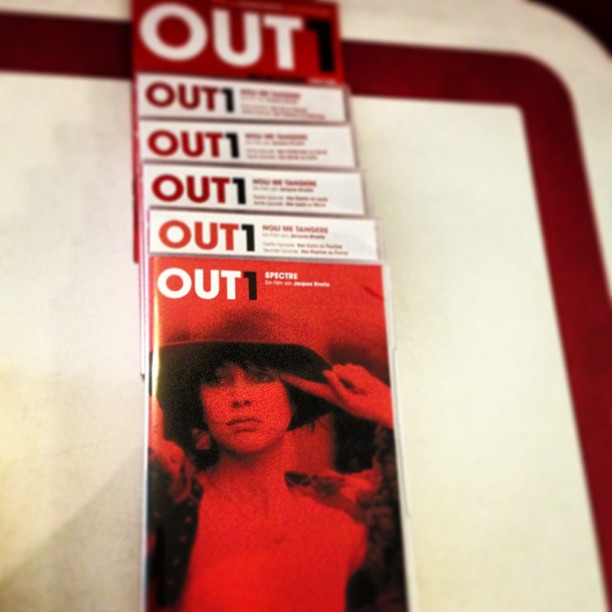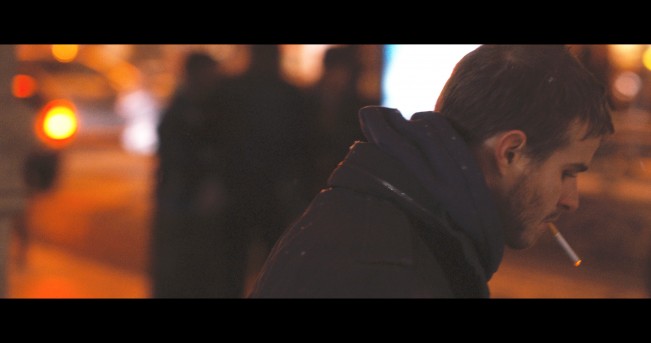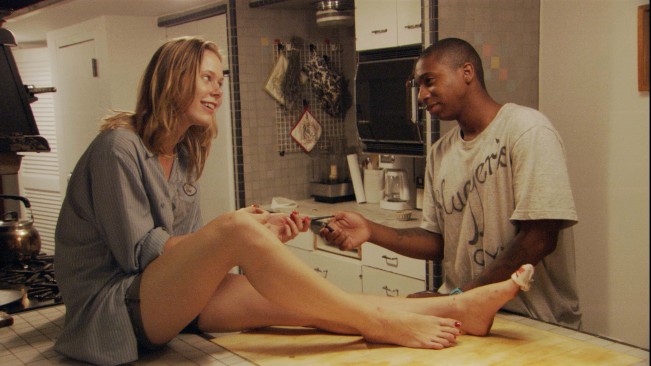

By Ray Pride Pride@moviecitynews.com
Pride’s Friday 5, 20 September 2013
1. Prisoners
2. After Tiller
(NYC)
“As shot in a monochrome palette by the great Roger Deakins (Skyfall, so many Coen brothers films), the rain brings its own grey-blue gloom to the pallid faces fearful for the fate of the two children. It’s doomy and luscious, and a wondrous example of what a gifted director of photography can do with today’s digital capture instead of shooting on film. Menacing, heavy rain. A world of overcast, a world of pain. The images say more than words. A world with no escape. “There was a gas station in the background, with mercury vapor lights,” Deakins says in the press kit of the technical means. “The police cars have blue flashing lights, and you don’t want to overpower them, so you tend to work wide and open. We were basically shooting the action with the high-powered flashlights in the hands of the actors so we could get a decent beam and a good, hot image out of them.” This kind of immediacy, and low-light luminosity, suffuses Prisoners.” [More here.]
2. After Tiller
(NYC)
Martha Shane and Lana Wilson’s tender, melancholy yet emphatic observational doc, After Tiller, which follows the work of the last four doctors who perform third-trimester abortions in this country, all who knew or worked with murdered doctor George Tiller, who was gunned down in a Kansas church in 2009. In its quiet way, it’s an advocacy doc to uphold the law of the land: despite a crazy quilt of state regulations, what they do is legal under federal law. The providers discuss the implications of the acts they perform and the reasons several have continued far past retirement age in their calling. (It’s bracing to hear the word “terrorist” correctly applied to acts of intimidation that include murder and firebombing.) The position of the filmmakers is never in doubt, but in detailing the daily choices, acts, and emotions, Shane and Wilson have made an assured, incisive humanistic nonfiction film to admire.
3. Out 1 – Noli me tangere / Spectre
(DVD)
While I haven’t had time to revisit Rivette’s epic, it looks mighty nice in the bits I’ve dipped into. Jonathan Rosenbaum‘s review at Cinema Scope is a good excuse to add it to the list, skip down to section 2: “For me, Out 1, filmed in the spring of 1970, is both the greatest film made anywhere by anyone about the ’60s in the Western world and the culminating late flowering of the French New Wave… For cinephiles who up until now have had to depend on the execrable transfer of the 13-hour Out 1 available with English and Italian subtitles on various pirate outlets, this is a much bigger event than it might appear to be at first, for several reasons. Let me enumerate just a few of them: First of all, the transfer of the 750-minute Out 1: Noli me tangere is glorious, particularly for the gorgeous colors…” More at the link. An earlier Rosenbaum piece is here. [Prices vary, but today’s amazon.de quote is €43.99.]
4. Simon Killer
(DVD)
Antonio Campos’ Simon Killer is sensual and alarming, and just as cinematically astute as Afterschool, his first feature, and Martha Marcy May Marlene, which he co-produced. Brady Corbet plays Simon, an unformed human, an unformed man on a post-graduate jaunt to Paris. In all his behavior, and especially with women, he makes the wrong choices, he always puts a foot wrong. Corbet is both charming and fearsome, seen seething, seen contemplating. With sound and color, the City of Light is a near-abstraction, as if, we, like Simon are unable to see it clear. Campos’ Paris by night shares some of the crazy stylized palette of Michael Chapman’s work on Taxi Driver. And the sound design is exemplary: we often hear the music in his earbuds, Simon’s subjective choice, rather than the sound of the street. Much is unexplained, yet it’s exhilarating to have character implied by the soundscape rather than text. The liner notes reprint Karina Longworth’s strong notice from LA WEEKLY, which concisely describes Campos’ visual strategy: “Joe Anderson’s gorgeous cinematography is constantly drawing attention to the way eyes—and cameras—work, with widescreen compositions built with Corbet in the absolute center, extreme focal changes amplifying the tension between foreground and background, and pulsing color field abstractions acting as mind’s-eye transitions.” The look and feel of the film is grace in the service of a suspect character’s perceptions of the world. A notable extra: “Antonio Campos and the Case Of the Conscious Camera.”
5. Gimme The Loot
(DVD)


















